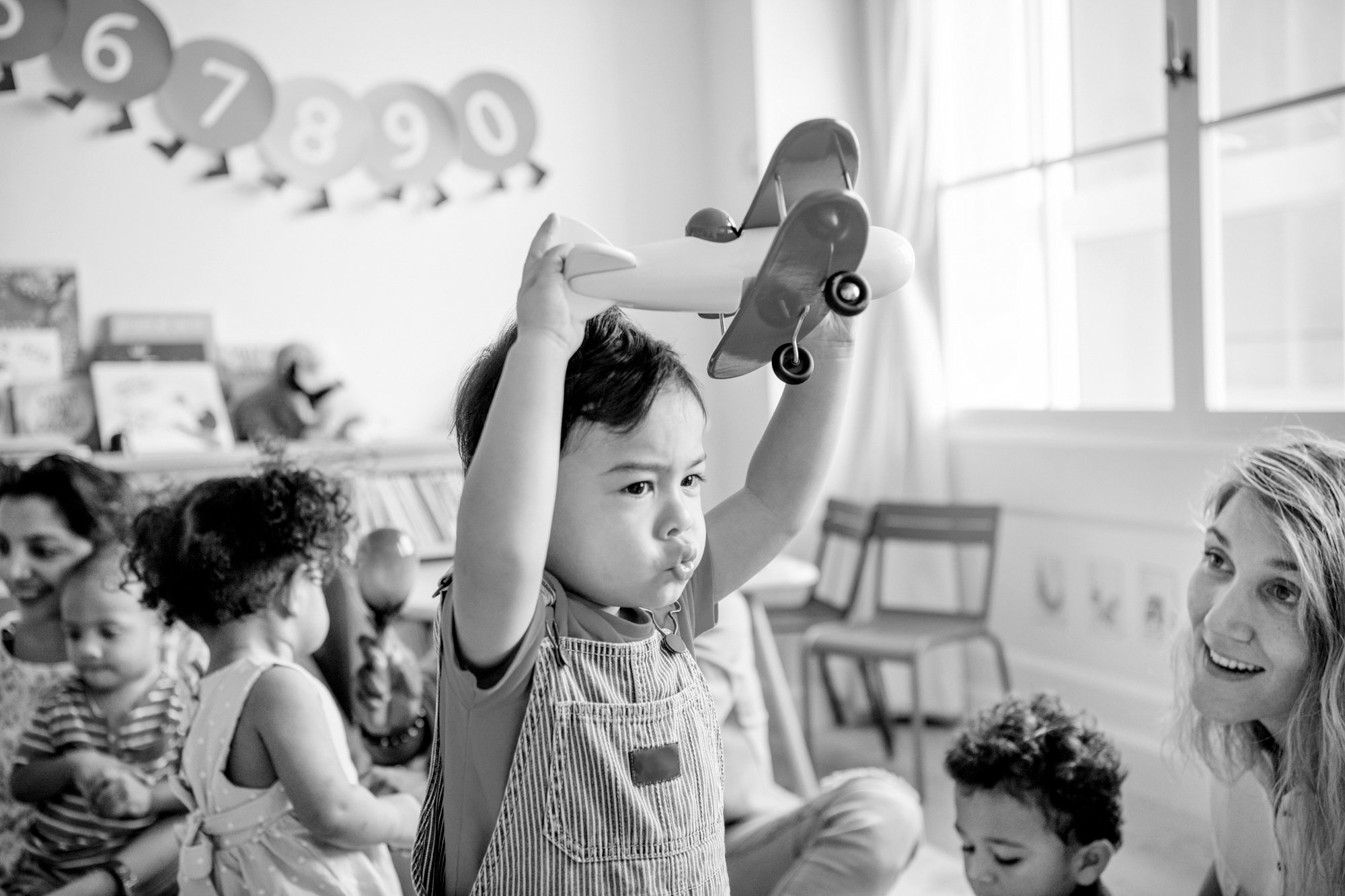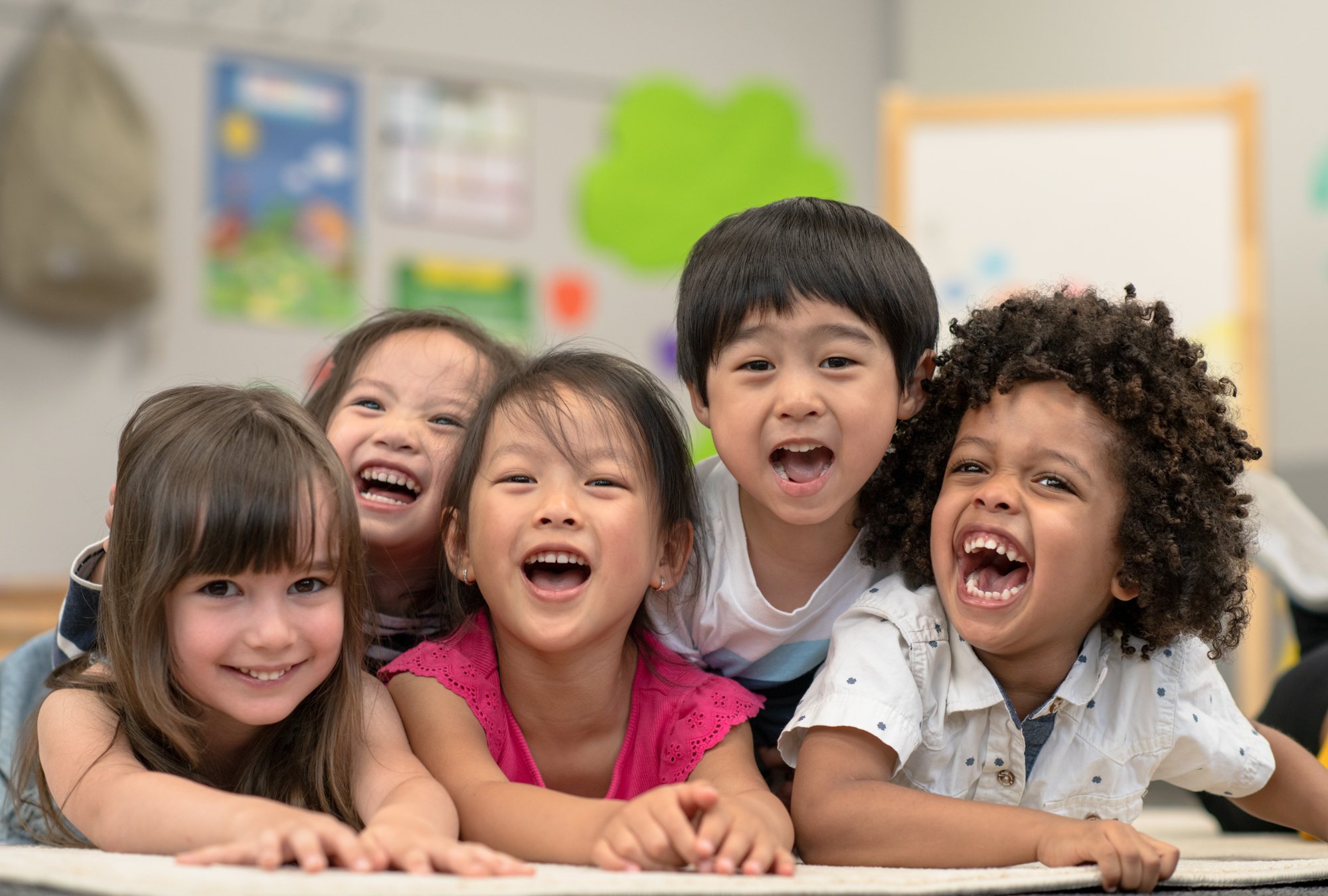
While the foundations of Washington’s early learning system are strong, much work is needed to create a high-quality early care and education system that meets every families’ strengths, needs, and hopes.
Creating positive early learning experiences means being responsive to everything about a child’s development. This includes heritage, culture, language, ability, needs, and parent preferences, as well as life experiences — including exposure to trauma. And those experiences must be positive not only for children, but also for their families.
To accomplish this, we must address four central challenges: affordability of care, access to the type and amount of care needed, support for care providers, and creation of a more equitable early care and education system.
The annual cost of infant care is $12,672 in a family care setting and $16,380 in a center-based setting. *This is more than the annual cost of in-state tuition at Washington public universities.5
What Will Success Look Like?
Achieving positive early learning experiences for all children and their families will require extensive partnerships at the state, regional and local levels to coordinate the types of care and support needed. Through genuine collaboration towards our shared vision, we can expand care options in every region of Washington state that are affordable, accessible, trauma-informed and healing-centered, and culturally responsive.
Goals
-
Positive early learning services and supports (including school age child care) are available and affordable for all children, with an emphasis on creating availability for Black, Indigenous, People of Color, those with special needs, and those located in rural areas.
-
Children with special needs, trauma and other challenges are nurtured and their families receive the support and services they need.
-
Every community has access to inclusive and culturally responsive resources and activities (e.g., libraries, parks, museums, etc.), delivered in welcoming facilities, in the language of choice, available at no cost to families, eliminating inequities for Black, Indigenous and Communities of Color and communities who have been historically and are currently underserved.
-
Transitions for children and families (from prenatal through 3rd grade, across ages and between programs and services) are smooth, welcoming and ensure continuity for children.

Strategies
-
Make universal social emotional training and resources readily and easily accessible for early learning professionals, parents, caregivers, families and community partners with a focus on anti-racism, flexible healing-centered practices, cultural and language relevancy, to meet the needs of diverse communities, for children prenatal through 3rd grade.
Supports Goals A and B
-
Enhance affordability of early learning services for low-income families and families who struggle to afford child care. Change the state’s income eligibility (including child care, ECEAP, home visiting and all other early learning programs) from Federal Poverty Level to Area Median Income, and eliminate the benefit cliff for services by adding multiple tiers of subsidy and co-payment.
Supports Goal A
-
Identify and replicate promising programs, including community designed programs, that are successfully reaching, engaging and supporting the learning and development of Black, Indigenous, Children of Color and their families, including those who are English language learners, and communities who have historically been and are currently underserved.
Supports Goals A, B, and C
-
Expand high-quality preschool options to create an integrated approach to serving 3- and 4-year-olds that ensures increased access and more sustainable, inclusive programming across program types. Programs and services engage families and provide responsive support for underserved communities and children.
Supports Goals A and B
-
Expand access to home-based services for expectant parents and families with new babies and young children to support the physical, social and emotional health of children, focusing on families at greatest risk, including home visiting, early intervention, newborn visits, etc.
Supports Goals A, B, C and D
-
Ensure cultural practices, norms and home languages are fully integrated in early learning programs, services, supports and practices for children birth through 3rd grade. Examples include incorporating oral storytelling traditions from Native American communities, curricula development, opportunities to learn in home languages, use of promotoras, use of culturally responsive system navigators and facilitated play and learn groups.
Supports Goals A
-
Create coordinated approaches for supporting children, parents and families through transitions from prenatal through 3rd grade, based on children’s well-being, learning and development, creating strong relationships with new providers and teachers. Supports will help to eliminate inequitable outcomes for Black, Indigenous and People of Color.
Supports Goal D
-
Invest in culturally responsive community activities that enable parents and care givers access to resources that support children’s development and social interactions and strengthen families (e.g., cultural activities, parks, play and learn groups, libraries, etc.).
Supports Goal C
-
Create inclusive settings and services from birth through 3rd grade in partnership with families that enable children with special and complex needs to learn and grow with children their age.
Supports Goal B
At-A-Glance
Positive Early Learning Experiences
Download a one-page summary that can provide quick access to the goals and strategies for this Outcome Area.
Explore Other Outcome Areas
-

Powerful Communities and a Responsive Early Learning System
-

Strong, Stable, Nurturing, Safe, and Supported Families
-

Positive Early Learning Experiences
-

A Strong and Supported Early Learning Workforce
-

Healthy Children & Families


